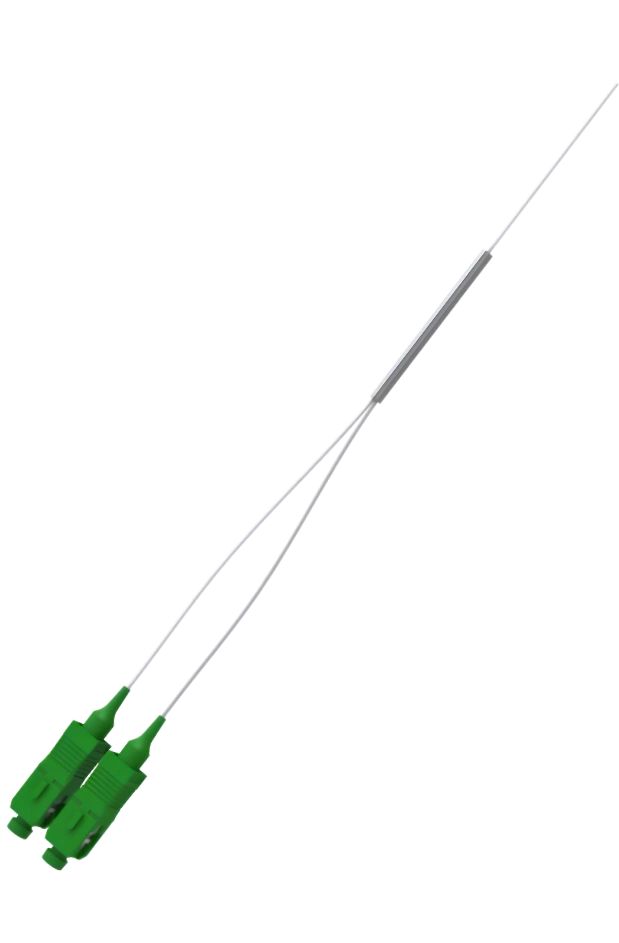Introduction: Evolution in Fiber Optic Connectivity

Fiber optic technology has revolutionized data transmission, enabling faster and more reliable communication networks. Multi-fiber Push-On/Pull-off (MTP) and Multi-fiber Push-On (MPO) connectors and sockets have emerged as the preferred solutions for high-density fiber connections. This article explores the future trends and development directions of MTP and MPO sockets, highlighting the advancements shaping the fiber optics industry.
1. Enhanced Performance and Higher Speeds
The future of MTP and MPO sockets lies in continually improving performance and supporting higher data transmission speeds. As bandwidth requirements increase, there is a growing demand for connectors that can handle greater data capacity. Manufacturers are focusing on reducing insertion loss and increasing return loss to improve overall signal integrity in MTP and MPO connectors. Ongoing research and development efforts aim to push the limits of speeds supported, enabling operators to meet the demands of emerging technologies such as 5G, Internet of Things (IoT), and cloud computing.
2. Reduced Size and Increased Density
With the need for more efficient utilization of available space, MTP and MPO connectors are expected to become smaller and support higher fiber counts. Advancements in manufacturing techniques are enabling the development of miniaturized MTP and MPO connectors, reducing their physical footprint and allowing for higher density installations. This opens up opportunities for telecom providers and data center operators to maximize their infrastructure's capacity, leading to improved efficiency and reduced costs.
3. Flexibility and Interoperability
MTP and MPO connectors have been widely adopted due to their flexibility in accommodating various fiber types, including single-mode and multi-mode fibers. Future development directions focus on enhancing interoperability among different generations of MTP and MPO connectors. Standardization efforts aim to create compatible solutions that can seamlessly integrate with existing infrastructure. Additionally, advancements in plug-and-play functionality will simplify installation and maintenance procedures, reducing operational complexities and time spent in deploying fiber optic networks.
Conclusion: Paving the Way for Advancements in Connectivity
The future of MTP and MPO sockets holds great promise as the fiber optics industry continues to evolve. Enhanced performance, reduced size, increased density, and improved interoperability are the key areas where significant advancements are expected. As the demand for high-speed and high-capacity networks grows, MTP and MPO connectors will play a vital role in enabling the seamless transmission of data. Continued research and development in this field will propel the growth of fiber optic connectivity, ensuring a future where reliable and efficient communication is readily available.



